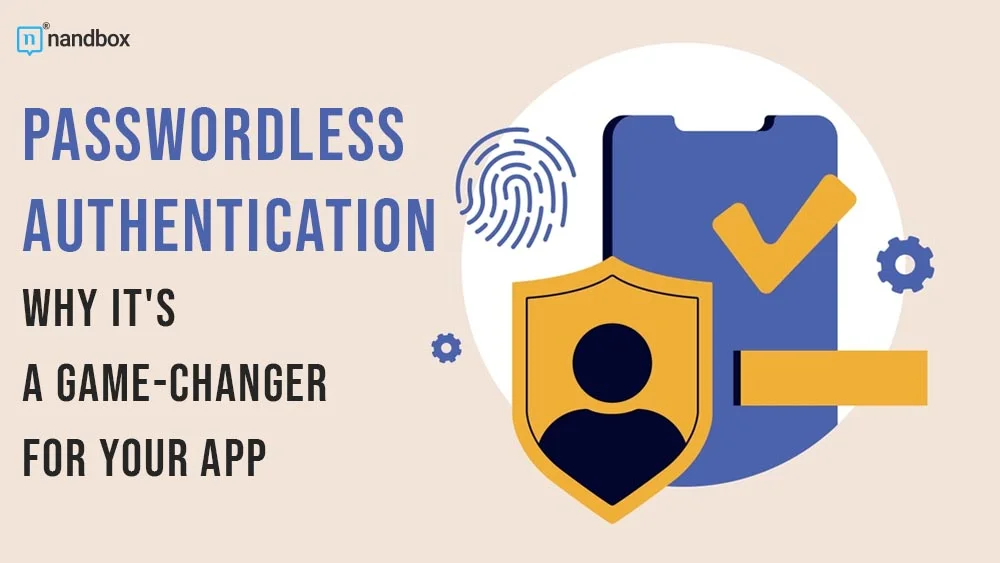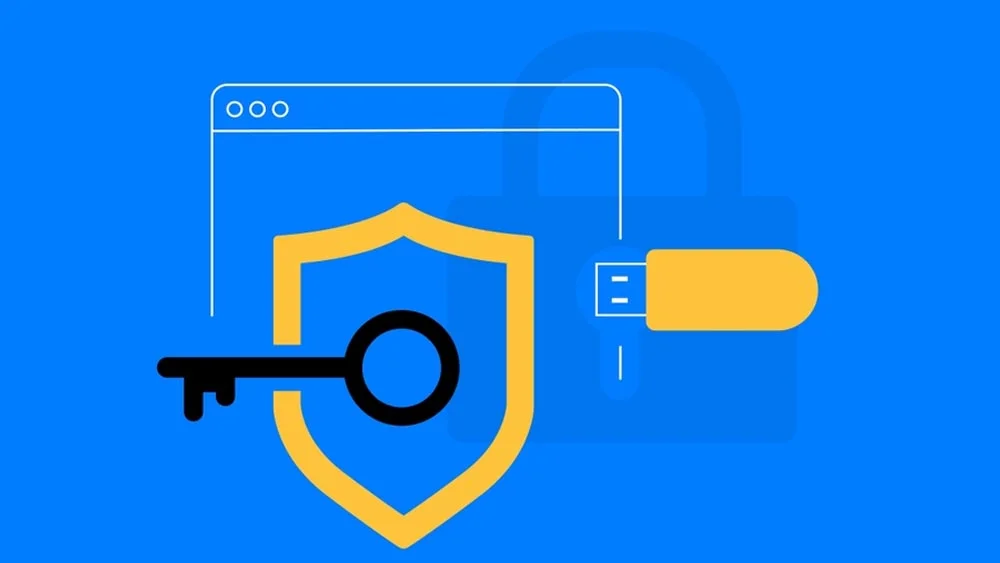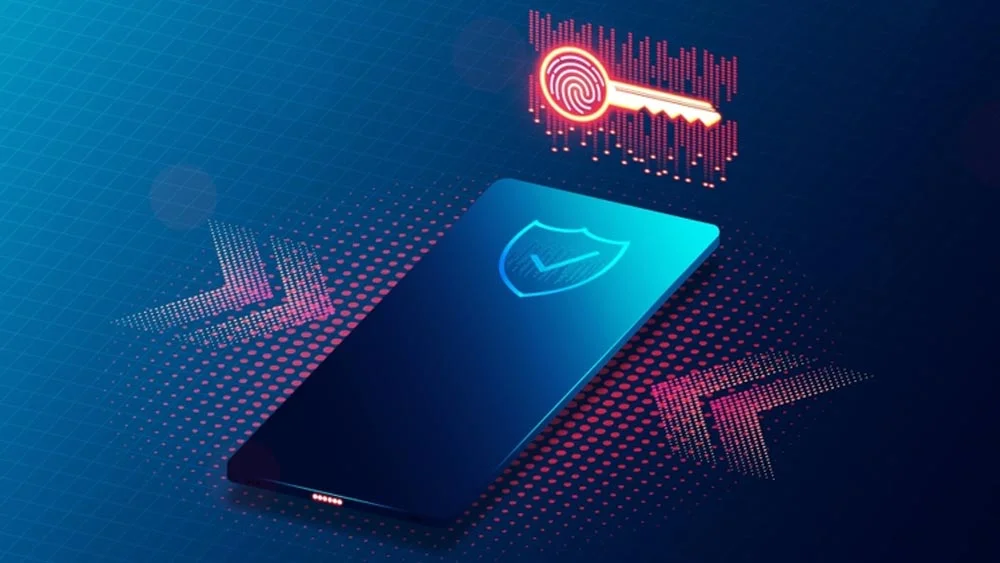Balancing solid security with seamless UX is key in modern app development. Traditional passwords, which were once considered the gold standard of user authentication, don’t serve their purpose anymore.
The rise of passwordless authentication, with innovations like passkeys, has set new standards. Let’s explore why it is revolutionizing app security, how this shift began, and where it’s headed.
The Problems with Traditional Passwords
Security Vulnerabilities
Passwords have long been a weak link in security. Here are some of the main vulnerabilities associated with passwords:
- Phishing Scams: Passwords are commonly compromised through some type of phishing attack, where users are tricked into interacting with fraudulent emails or fake websites. Phishing remains one of the most common and successful types of attack.
- Brute Force Attacks: These involve the usage of tools that try to guess passwords. Simple or commonly used passwords are highly susceptible to these kinds of attacks.
- Password Reuse: Many users reuse passwords across different sites; therefore, if one suffers a breach, all accounts using that password could be at risk, leading to widespread potential damage. This practice is known as credential stuffing.
User Experience Issues
Passwords can be a major source of frustration for users:
- Forgotten Passwords: It is easy to forget passwords; the consequences are annoying lockouts and time-consuming password resets. Often, users face multiple steps for account recovery; this adds friction to user experiences.
- Complexity Requirements: Most sites impose complex password policies, hence making the generation and remembering of passwords by users difficult. This kind of complexity always tends to revert to weaker practices, such as writing down passwords or easily guessed password variations.
- Password Management Overhead: Managing multiple passwords can be cumbersome and insecure. Users may use password managers or written lists, which may be insecure and hard to manage themselves.
Drop-Off Rates
A significant issue with traditional password-based authentication is its impact on user drop-off rates. The drop-off rate refers to the percentage of users who abandon a process, for example, completing a transaction or signing up for an account, prior to completion.
Complex rules for creating passwords, frequent reset requirements, and the need to remember and manage numerous passwords can frustrate users and increase abandonment rates.
Passwordless authentication methods, such as passkeys, can reduce friction and drop-off rates considerably. Creating more user-friendly experiences that encourage completion.
Administrative Challenges
For app creators and administrators, passwords bring their own set of challenges:
- Support Costs: Password management, such as resets and recoveries, makes some of the priciest factors within an organization. IT and support teams spend a considerable amount of time answering such calls, which could be costly to operations.
- Policy Enforcement: The need to enforce password policies and update them periodically can be labor-intensive. This often leads to inconsistent security practices and administrative headaches.
The Emergence of Passwordless Authentication
Passwordless authentication eliminates the weaknesses of traditional passwords by entirely removing passwords from the equation. This approach verifies the user’s identity through methods other than passwords, having a set of key benefits.
Origins and Growth
Passwordless authentication is not new; its adoption, though, has seen unprecedented speed in recent years. The need for passwordless solutions first grew from an increasing awareness of the weaknesses within classic password systems, ensuring that an alternative comes that will be more secure and user-friendly.
The key milestones in this evolution include:
- Biometric authentication: Early adoption of fingerprint scanners and facial recognition paved the way for passwordless authentication. These technologies gave users a more convenient and safe way to verify their identity by utilizing what the user “is” and not what the user “knows.”
- Standards Development: One of the most important features of large-scale passwordless authentication is the development and laying down of standards, such as FIDO or WebAuthn. These ensure that passwordless solutions will be employed within a secure framework that considers compatibility and security across various platforms.
- Industry Adoption: The introduction of passwordless solutions into the systems of large technology companies and financial institutions began. This integration has shown that passwordless techniques work and thus has further encouraged broader industry acceptance.
Modern Passwordless Solutions
Passwordless authentication is gaining rapid momentum today. Key methods include:
- Biometric authentication: Methods of biometric authentication, such as fingerprint and facial recognition, are really user-friendly, secure ways to log in. These depend on physical features unique to a person; hence, they are fairly hard to replicate or steal.
- One-Time Passwords: These are temporary passwords that are sent to the users either through SMS or via email. Thus, they allow the users to log in securely without remembering or even knowing a password. Since these OTPs are valid only for a certain period of time, they serve as an added security against unauthorized access.
- Push Notifications: In push notifications, the verification is done by sending a confirmation request to the mobile device of the user. What the user has to do is to just approve the request in order to log in, hence simplifying the authentication and reducing the risk of password-related attacks.
Passkeys
Passkeys offer a big, significant leap forward in security: they can’t be phished.
They employ advanced cryptography called asymmetric encryption, involving two keys:
A public key, which resides on the service’s server and is essentially useless on its own. It needs the private key, which is securely encrypted on the user’s device and never leaves it.
This makes this setup virtually unhackable and much more secure compared to traditional password-based methods.
Passkeys utilize a web protocol commonly referred to as WebAuthn, intended to offer solid security across different services.
Each service key pair is different, and it only interacts with the specific legitimate and correct domain. This special feature makes phishing impossible. With these features of advanced security, passkeys are a major leap in user authentication, making the use of credentials both more secure and user-friendly compared to traditional passwords.
Why Passwordless Authentication is a Game-Changer
Passwordless authentication comes with a variety of benefits that make it a game-changer for modern app development. To name a few:
- Better Security: Passwordless solutions protect users and organizations against password-related risks by not relying on passwords completely.
- Improved User Experience: The fact that the user has to remember no password or manage it makes the login experience seamless and intuitive. This will easily result in higher satisfaction and engagement by users.
- Reduced Administrative Overhead: Passwordless authentication reduces password resets along with associated support, thereby reducing operation costs and simplifying account management.
The Future Ahead
As the technology of passwordless authentication continues to evolve, we can expect more advancements in security and user satisfaction. The rise of passkeys, as well as other passwordless methods, reflects a major change in the way we approach authentication, pointing toward a more secure and user-friendly future for apps and digital services.





